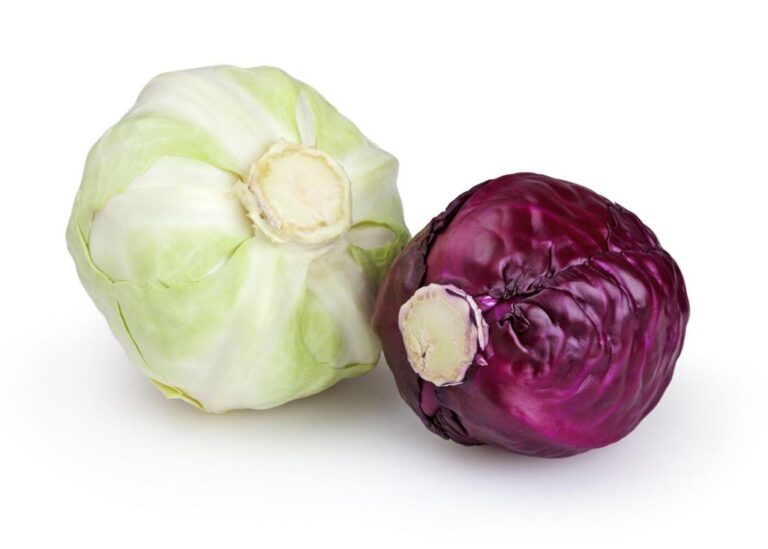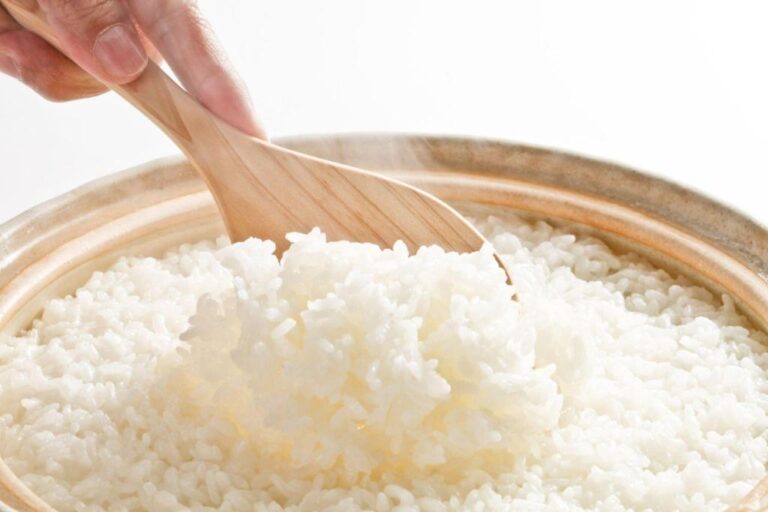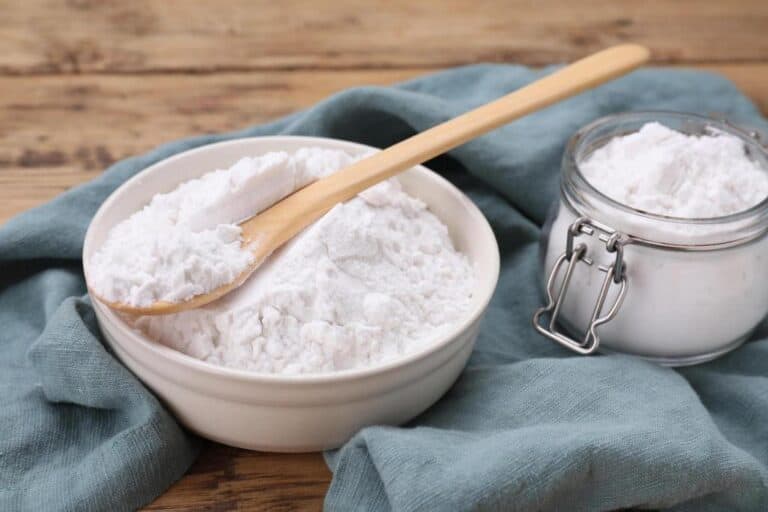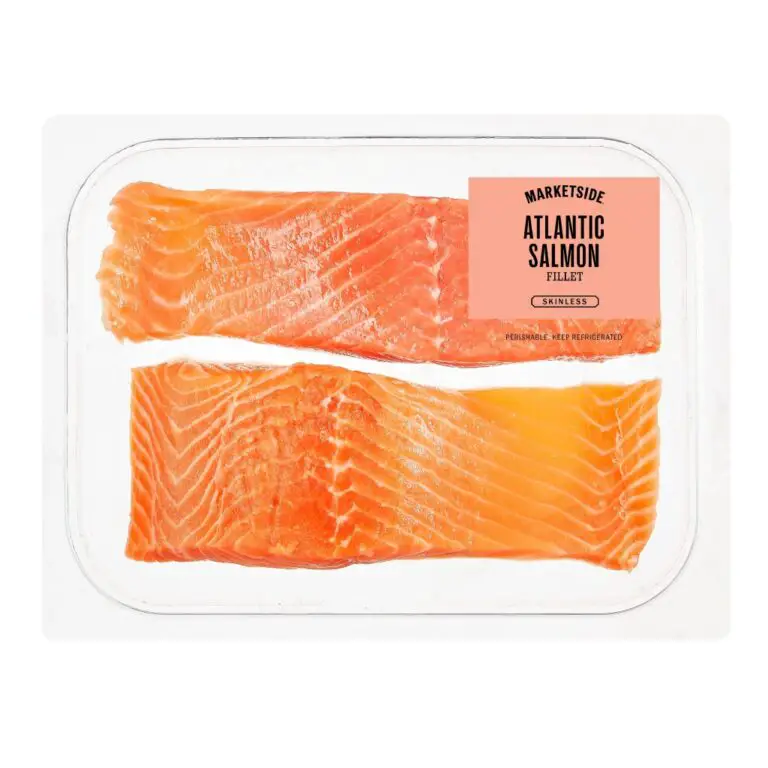How to Counteract Too Much Baking Soda? 5 Ways to Neutralize
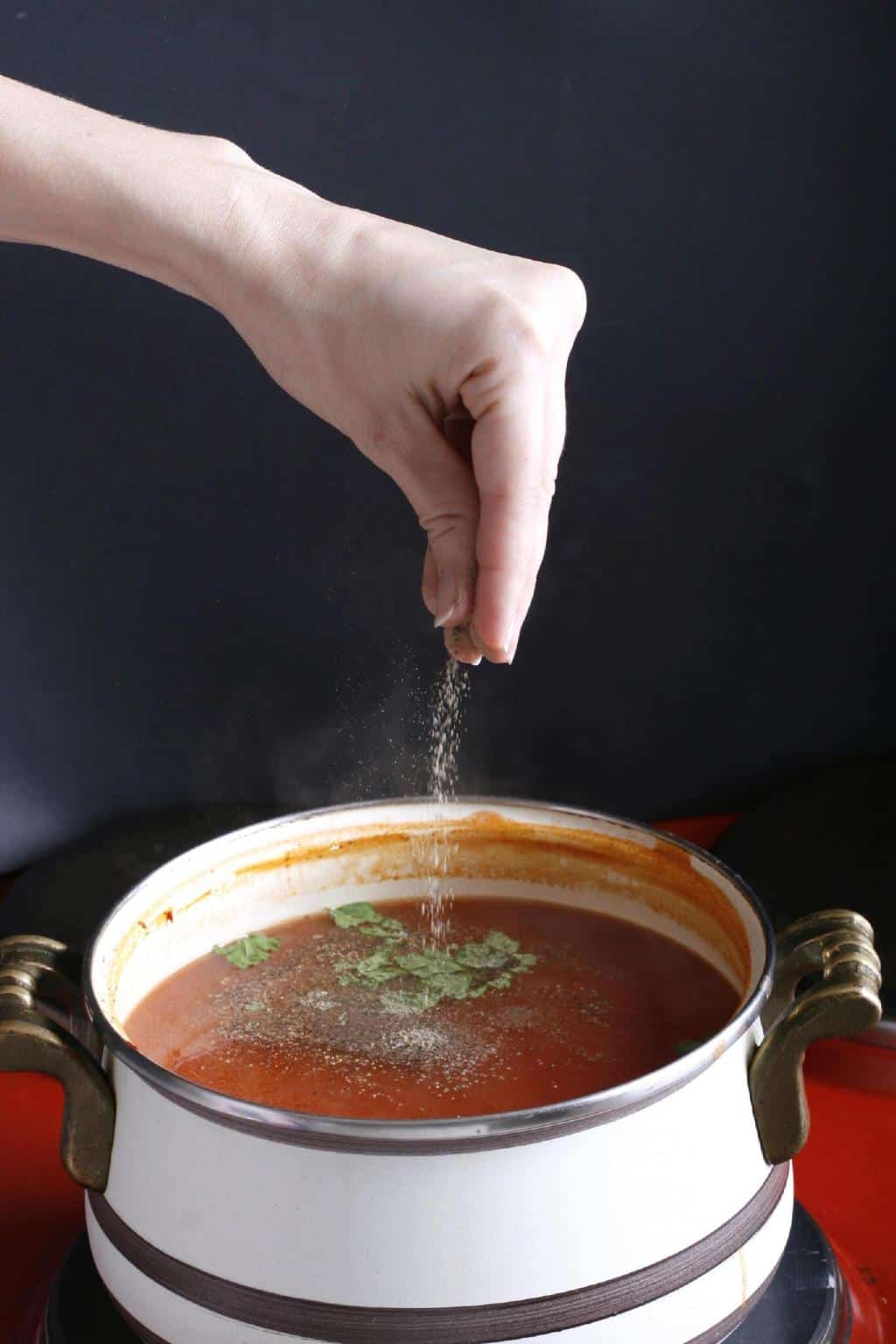
Baking soda is a kitchen staple known for its versatility in cooking and cleaning. However, what happens when you accidentally go overboard with this powerful ingredient? Too much baking soda can upset the recipe balance. It leads to a metallic taste or causes goods to rise too much. If you’ve found yourself in this sticky situation, fear not!
In this article, we will explore five ways to counteract a baking soda overdose. They will restore harmony to your food. These tips will help you fix too much baking soda. They include easy pantry remedies and clever cooking techniques.
So let’s dive in and learn how to turn a potential kitchen disaster into a delicious triumph!
Understanding Baking Soda
Baking soda, also known as sodium bicarbonate, is a versatile ingredient commonly used in baking. It acts as a leavening agent, producing carbon dioxide gas when combined with acidic ingredients like yogurt or vinegar.
This gas helps baked goods rise and gives them a light, fluffy texture. Imagine your favorite chocolate chip cookies without that crisp outer layer and soft, chewy center – that transformation is thanks to the magic of baking soda at work.
However, too much of a good thing can lead to undesirable outcomes in the kitchen. Using an excess of baking soda in recipes can result in a bitter taste and overly porous textures in finished products.
Picture biting into a tasty cake. But, it’s bitter and ruins the whole experience. That’s why understanding the right baking soda proportions is crucial. They help achieve perfectly balanced flavors and textures.
In addition to affecting taste, an overdose of baking soda can compromise the texture of your culinary creations. Instead of being light and delicate, cakes may turn out coarse or crumbly due to the excessive leavening action of baking soda.
Moreover, baked goods might develop an unappealing yellowish hue when there’s too much bicarbonate present in the mix. By understanding the risks of using too much baking soda, you can ensure your dishes turn out as delicious and appealing as intended.
Testing for Excess Baking Soda
Before we start baking, we must grab a trusty apron and do a quick test. It will protect our creation from too much baking soda.
One method involves mixing a bit of baking soda with vinegar in a bowl. If a fizzy volcano erupts, there’s too much alkaline in your recipe. Another test is taste, your trustworthy ally. Overly bitter or soapy tastes hint at too much baking soda that needs taming.
Simple experiments and visual clues are our watchful guardians. They protect us from overzealous kitchen mishaps. Imagine this: plush muffins emerge from the oven. They have crater-like tops, like lunar landscapes. This is a sign of an excessive amount of baking soda. Even novice bakers can become adept detectives. They do this by watching the texture and color of their batter. This ensures they avoid the trap of too much leavening power.
Remember, as in life, prevention is often better than correction. This is especially true for mastering the art of balancing ingredients for delicious outcomes.
| Also check: Adding Too Much Baking Soda to Tomato Soup: What to Do? |
How to Counteract Too Much Baking Soda?
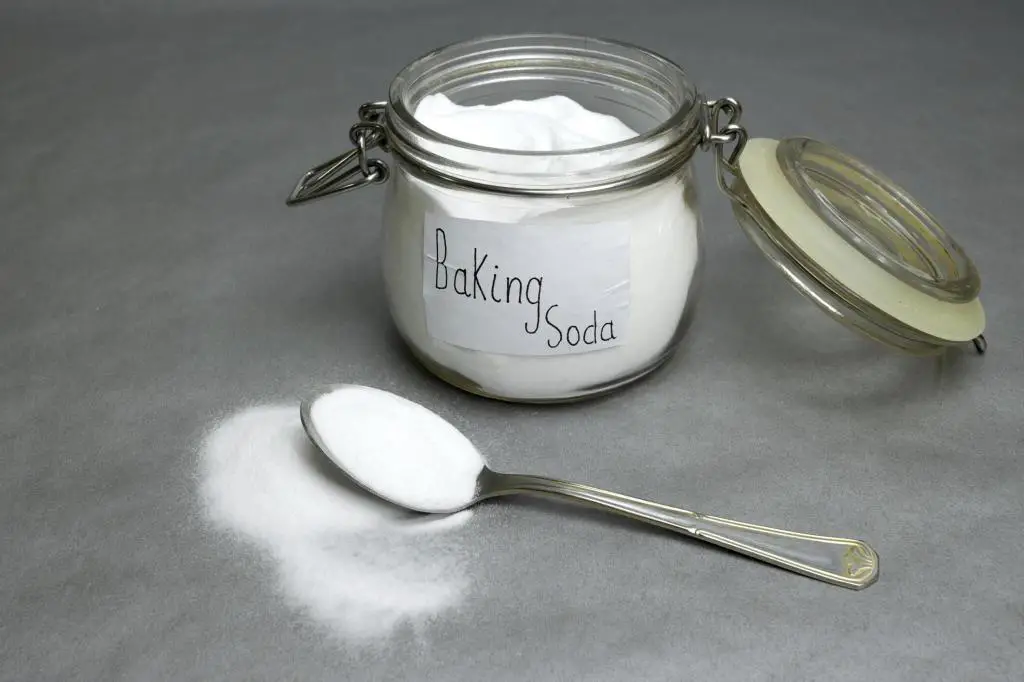
If you have mistakenly added too much baking soda to your food and are searching for ways to solve the problem, no need to worry. Here we have prepared a list of different ideas which you can try to fix too much baking soda in your food.
- Remove the unstirred ingredients
- Mix in something acidic
- Add more of the other ingredients
- Use it to make something else
- Other flavourings
Baking powders account for a large part of the chemical leaveners used both in the home and in bakeries. These preparations include sodium bicarbonate, suitable leavening acids, starch, and other extenders.
Federal standards for baking powder require that the formula must yield at least 12% by weight of available carbon dioxide. Most contain 26–30% by weight of sodium bicarbonate.
1. Remove Unstirred Ingredients
You might learn that you added too much baking soda before you stir. Then, you can just scoop it out and start over. Although this strategy will waste some of your baking soda, it will let you preserve the other ingredients.
Sodium bicarbonate dissolves completely when mixed in the dough. Removing it is possible before mixing.
2. Mix in Something Acidic
Baking soda is actually sodium bicarbonate (Na2CO3), which has an alkaline nature. It is important to neutralize its super sharp taste; otherwise, it will overpower your dish.
Use a sprinkle of acidic flavourings like lemon juice or vinegar to counterbalance the sour taste of baking soda. If your recipe includes chocolate, directly add half a tsp of cocoa powder to it. Buttermilk can also be used to neutralize the sour flavour of baking soda.
When sodium bicarbonate is dissolved in water, it ionizes and forms HCO3− ions, which then react with H+ ions from the acids. The reaction that occurs is (2):
HX + NaHCO3 → NaX + H2O + CO2, when HX is an acid.
3. Add More of the Other Ingredients
If the recipe required you to use half a tsp of baking soda, and you used one tsp mistakenly, you can quickly fix it by doubling up all the other ingredients.
This technique will bring the recipe into an accurate proportion, but you may end up with an extra quantity of the dessert than required. Use this method only if you are certain of the exact amount of extra baking soda that you added.
This is not a perfect fix. It will give you a larger amount than planned and need more of the other ingredients. It might also demand an extra pan or cookie sheet. But, it is better than throwing out all of those ingredients. The good news is that some cooked cakes and most cookie dough can be frozen well.
Leavening acids don’t all neutralize to the same degree. An acid’s strength is its neutralizing value. It is found by calculating the weight of sodium bicarbonate needed to neutralize 100 parts of the acid.
| Read also: Can Cornstarch Be a Substitute Baking Soda? |
4. Use It to Make Something Else
Sometimes, we only realise that baking soda has been put in abundance once the dish is ready and cooked. If you have a cake or a cookie that is too tart to be consumed, use it to cook something else.
For example, a bitter cake can be used as an excellent ingredient to be added to cream and then frozen for delicious cake-flavoured ice cream. You can also crumble up the cake into pieces and use it as a base for other layered desserts like Tiramisu or cheesecake.
5. Other Flavorings
You can add other ingredients to reduce the bitter flavor without reducing baking soda’s leavening power.
Cinnamon, chocolate, and coffee are all strong flavours that serve well to mask the flavour within baked goods and sauces. Cinnamaldehyde is responsible for the sweet taste of cinnamon. Sweet food has a synergistic effect. It boosts the sweet taste when sugar and the sweet smell of cinnamon combine.
Other options are lemon juice or extra vanilla. You can also use hazelnut or almond oils instead of extracts for a stronger flavor.
This effect is called mixture suppression in taste, and masking or odor counteraction in olfaction. Selective adaptation can reverse the inhibitory effect of one component on another in taste mixtures. Adaptation to one component is achieved. That component is reduced in intensity. Then, the other component of the mixture is boosted.
If one component is mostly adapted, the other is perceived at the same level as when unmixed. It’s as if only a single stimulus were being presented. This effect is commonly referred to as “release from mixture suppression”.
What Happens If You Consume Too Much Baking Soda?
Consuming too much baking soda can lead to several health issues. Baking soda, or sodium bicarbonate, is often used as an antacid to help neutralize stomach acid and relieve indigestion. However, too much can disrupt your body’s acid-base balance. This can cause a condition called metabolic alkalosis. This can cause symptoms such as nausea, vomiting, bloating, and abdominal pain.
In severe cases, consuming too much baking soda can cause electrolyte imbalances. This can lead to low potassium (hypokalemia). This can cause muscle weakness, cramps, irregular heartbeats, and even heart failure in extreme cases. Also, eating too much baking soda can raise blood sodium levels. This can make metabolic alkalosis symptoms worse.
It’s important to use baking soda in moderation and only as directed. If you overdose or have health conditions, like kidney disease or high blood pressure, see a doctor before using baking soda.

